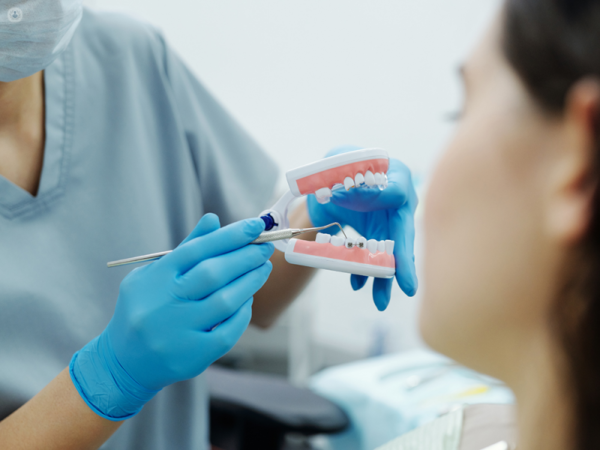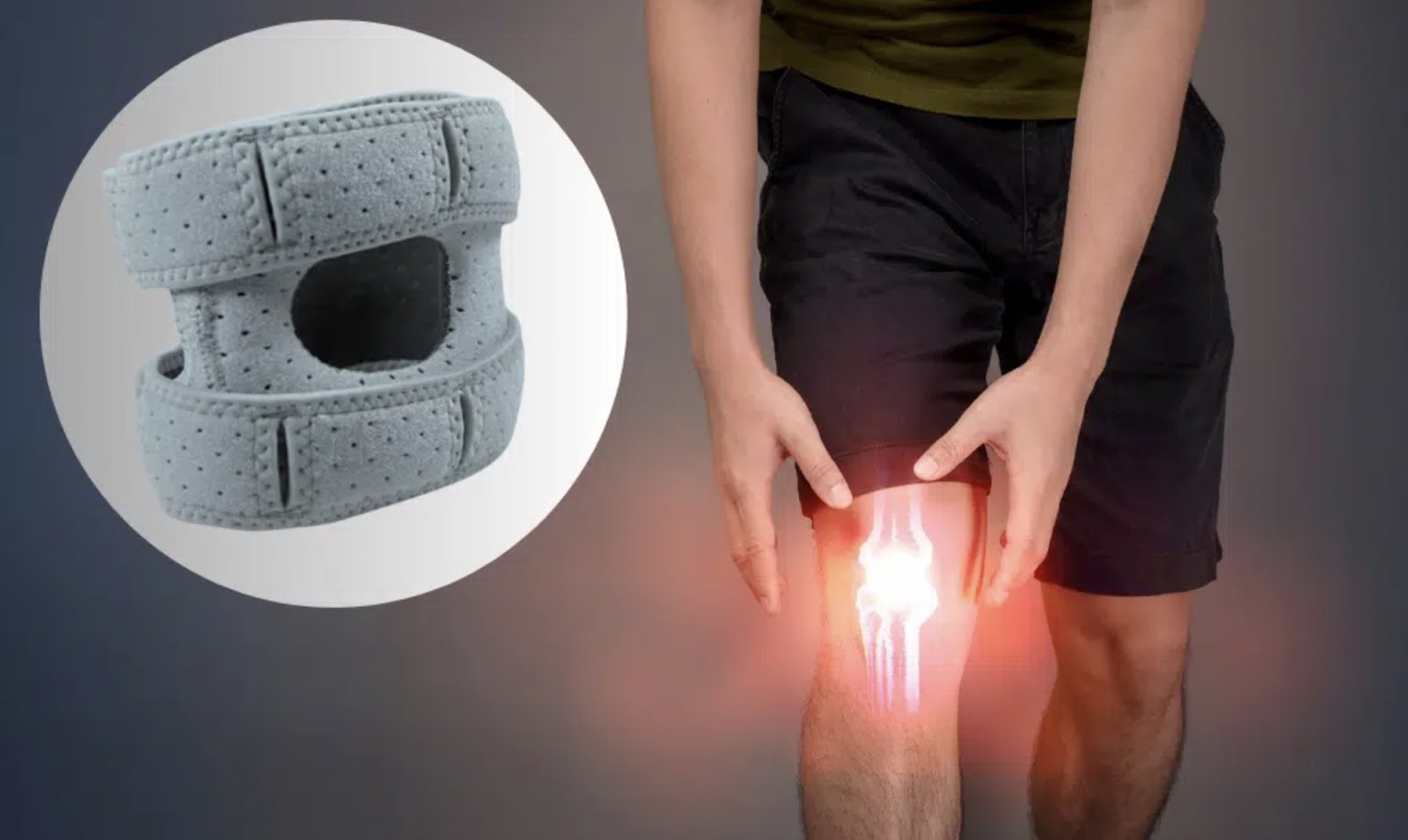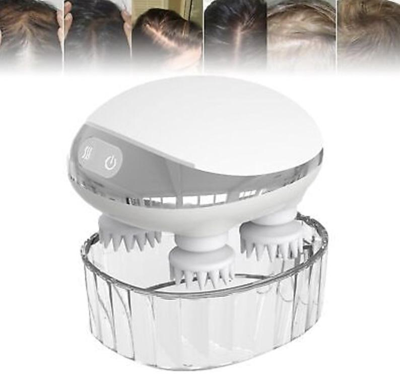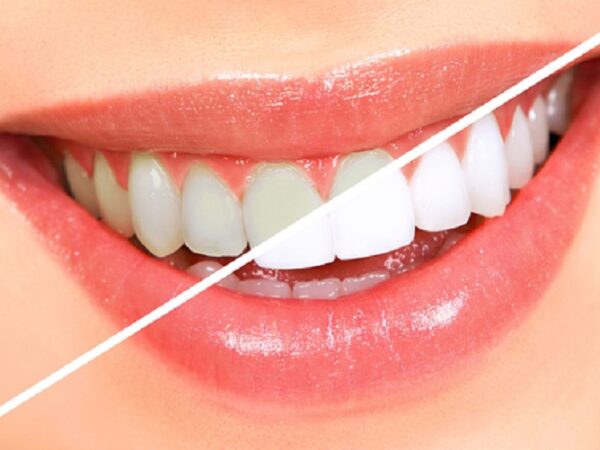Knowing when it is time to see an orthodontist is not always easy. While you may consider your overbite or gapped teeth a mild concern, a professional may view it differently. Even the slightest misalignment in your smile could result in serious issues if left untreated.
Spaces between teeth, overcrowding, and a problematic bite can lead to numerous concerns that lead to costly solutions to salvage your dental and general health. Luckily, a Durham orthodontist can examine your smile and identify issues that warrant orthodontic therapy. Here are common reasons to see an orthodontist.
- Overcrowding
If your teeth sit too tightly together or overlap, you have overcrowding. Overcrowding can cause difficulties in brushing or flossing as you cannot reach the spaces between your teeth. If these areas are not cleaned properly, you might experience oral health issues like gum disease and tooth decay.
Besides, overcrowding affects the appearance of your smile. Once you visit your orthodontist, they will examine your overcrowding and suggest the best solutions. In most cases, overcrowding is treatable with braces and aligners.
- Overbite
If the upper teeth arch protrudes out over your bottom arch, you have an overbite. A slight protrusion is uncommon. However, one that extends significantly further can lead to problems with your bite.
An overbite can also lead to excessive wear and tear of your tooth enamel and possible jaw discomfort. You might face more serious issues later if your tooth enamel becomes damaged or too thin. By visiting an orthodontist, your provider can create a care plan to force your top teeth backward and create a more well-aligned smile.
- Underbite
The opposite of an overbite is an underbite. Once the upper teeth sit inside the lower teeth, you may expect thinning of your tooth enamel. Besides, you might experience jaw discomfort when biting down or closing your mouth.
Some patients also develop symptoms closely associated with the temporomandibular joint disorder (TMD). Fortunately, an underbite is easy to treat. With braces and the right appliances, your orthodontist may shift your teeth to encourage enhanced bite alignment and more pleasing aesthetics.
- Crossbite
A crossbite is an oral concern where your upper teeth sit behind your lower teeth. A crossbite can also be described as overlapping teeth between the two arches. If not treated, the crossbite can cause tooth enamel deterioration, and compromised jaw function.
A crossbite can result in serious discomfort and pain. Moreover, this condition is likely to cause tooth hypersensitivity. Wearing braces helps your shift into the correct position, allowing for more harmonious movement between the two arches.
- Open Bite
You might have an open bite if you used a pacifier for a long time or sucked your thumbs as a kid. This oral condition means your back teeth will touch, but your front teeth will not when you shut your mouth. An open bite can hugely affect the look of your smile.
Furthermore, open bites can cause serious tooth enamel and bite issues. Therefore, you should consider visiting an orthodontist. Your provider will determine the most appropriate orthodontic therapy to align your teeth.
Only a few Americans are fortunate enough to be born with a set of perfect teeth. Sadly, dental appearance does affect your self-esteem and how others view you. For this reason, orthodontic therapy is crucial to fix any misalignments.
Whether you have an overbite, open bite, underbite, or other similar concerns, your orthodontist can help. Based on your unique concerns, there are numerous options to explore, including braces, aligners, retainers, and palate expanders. Talk to your provider about your condition to determine the right procedure for you.




